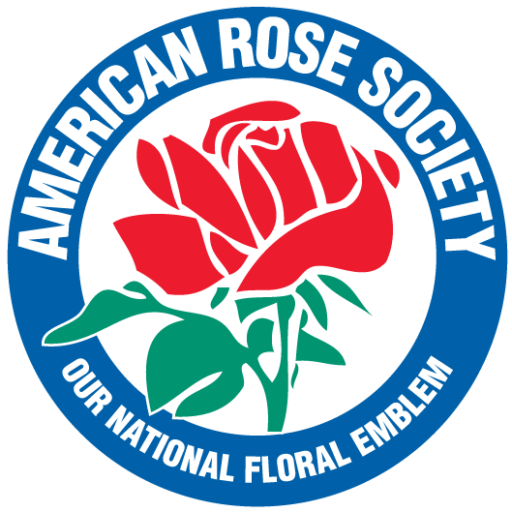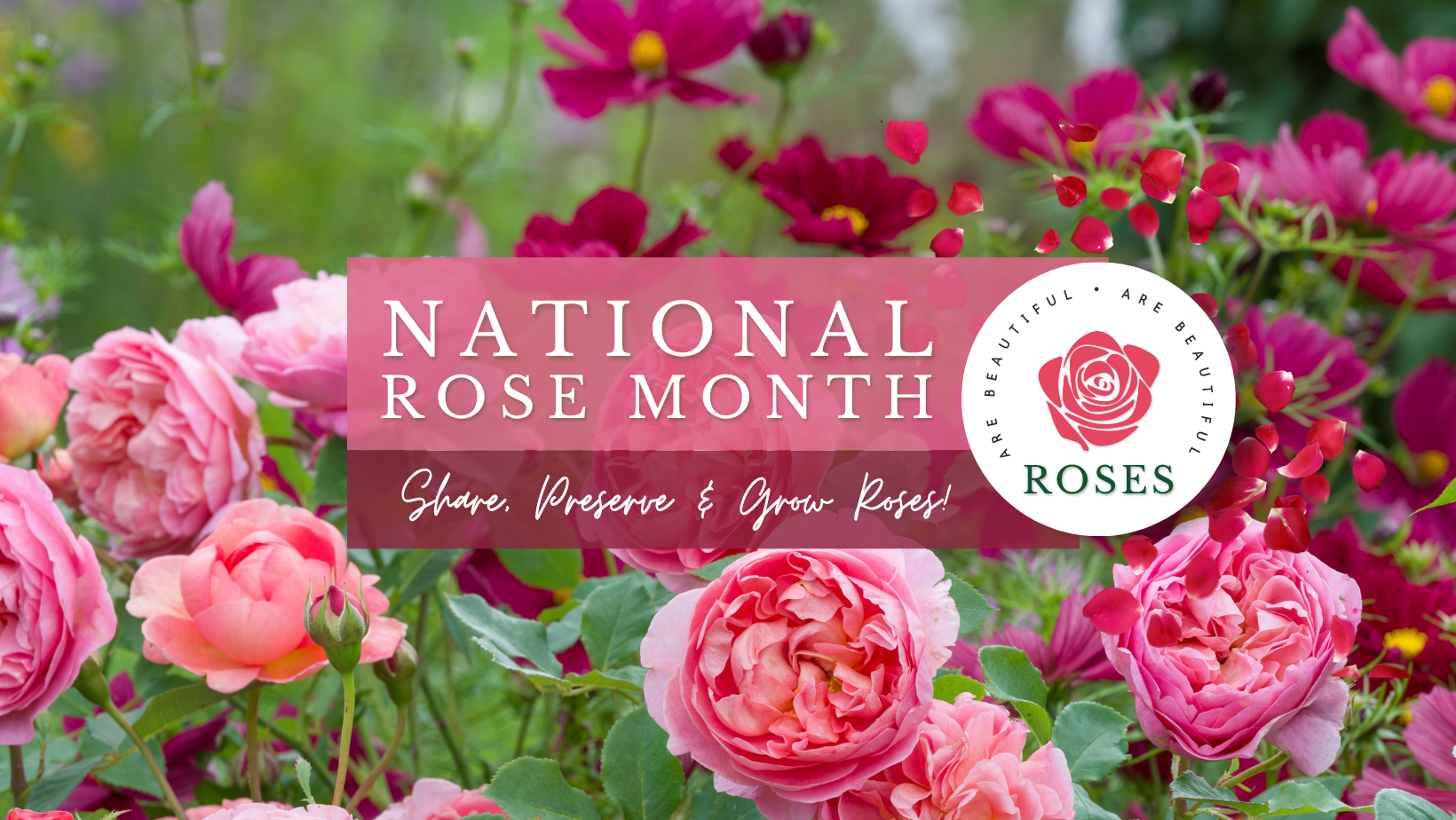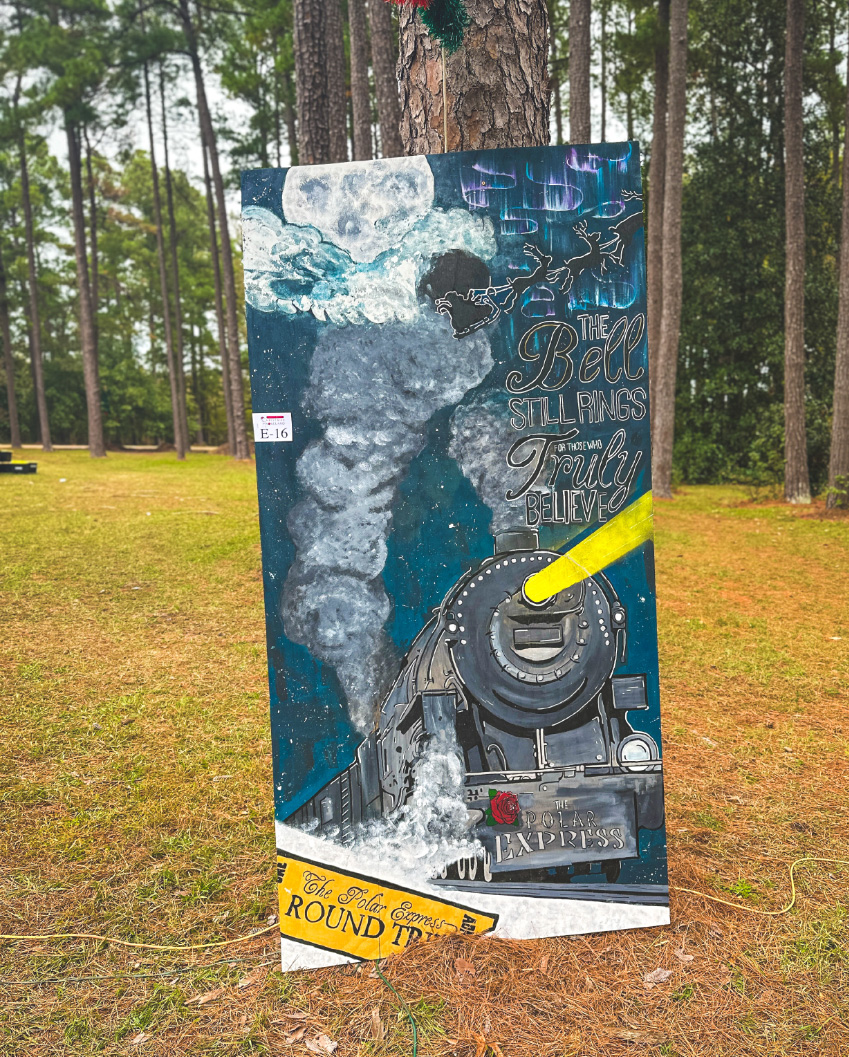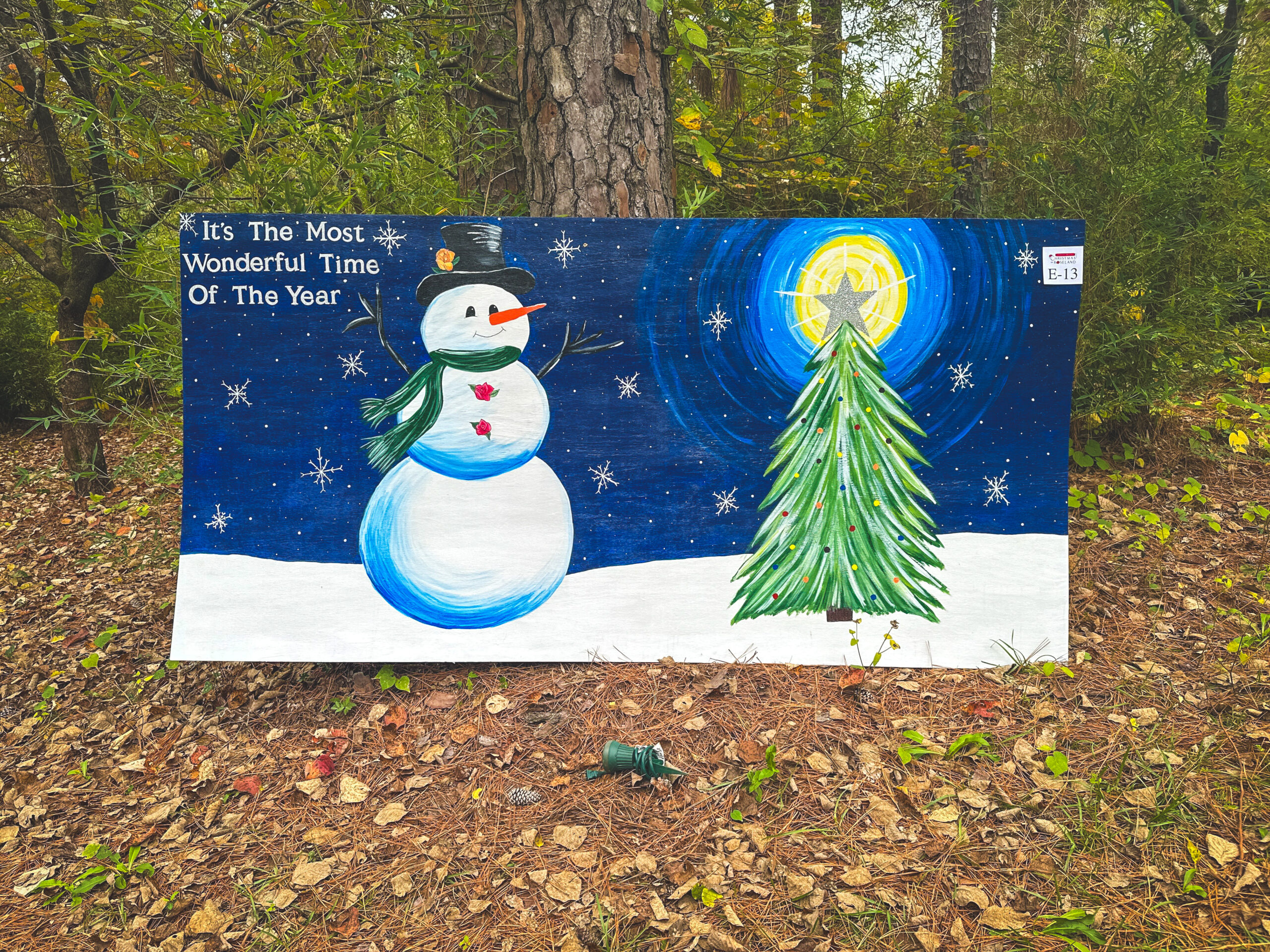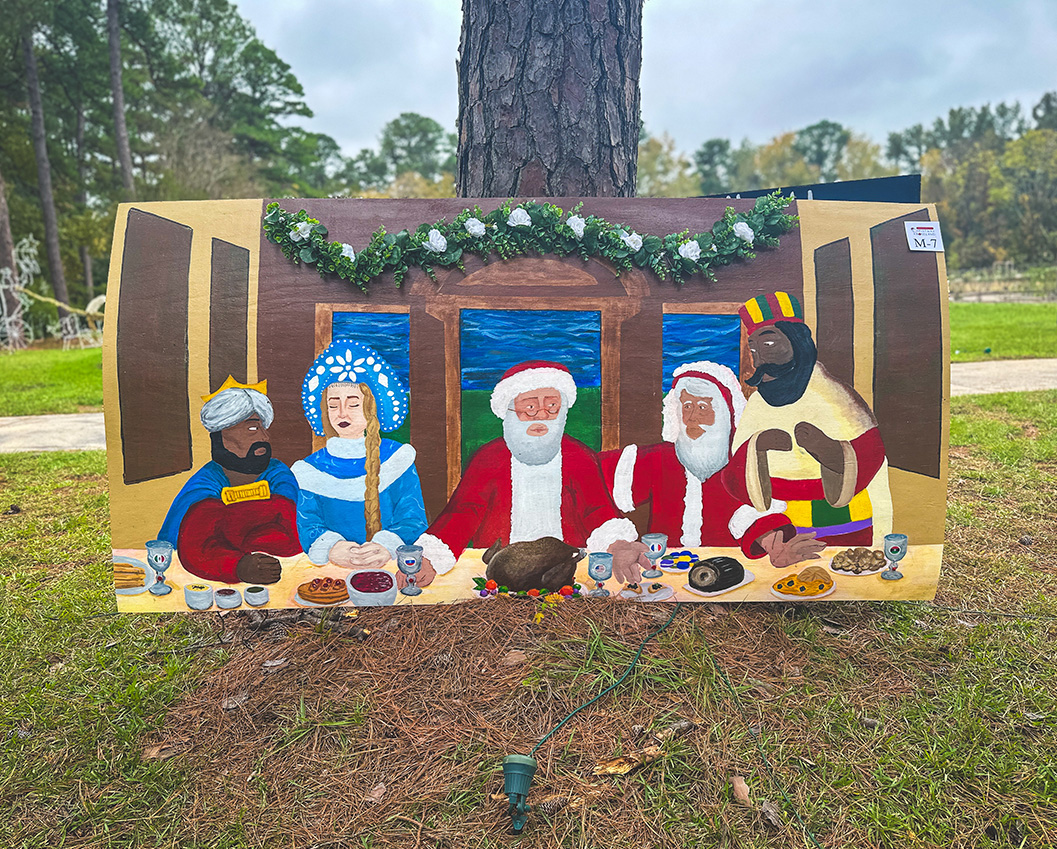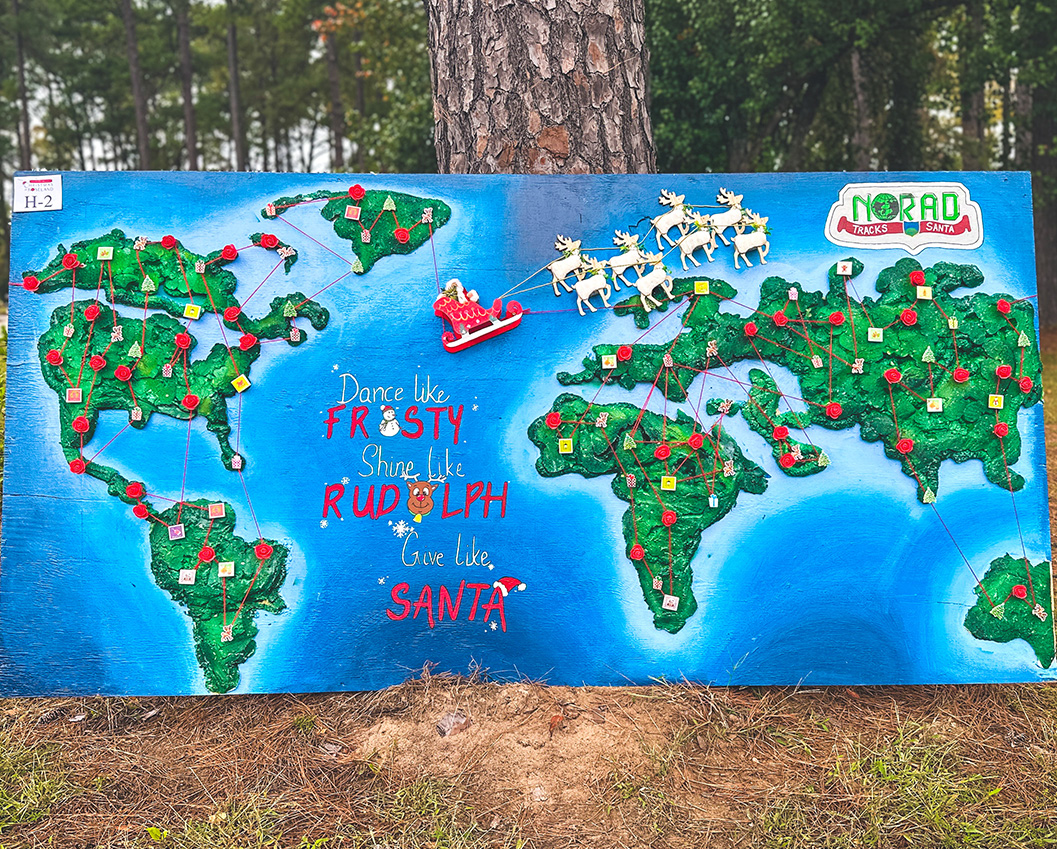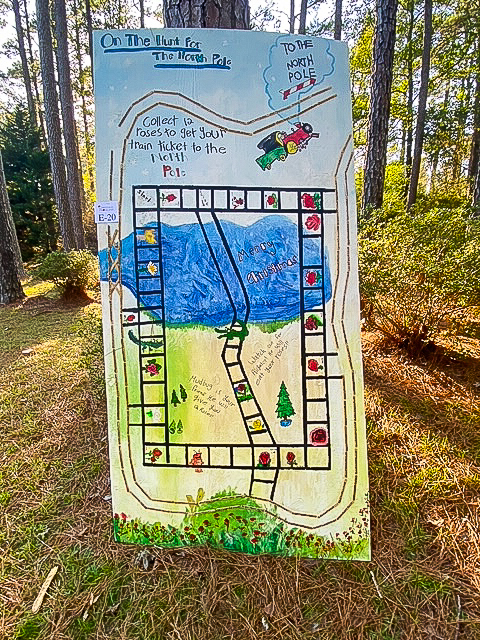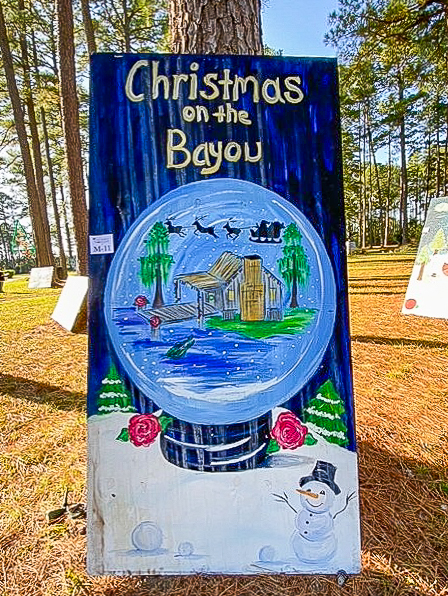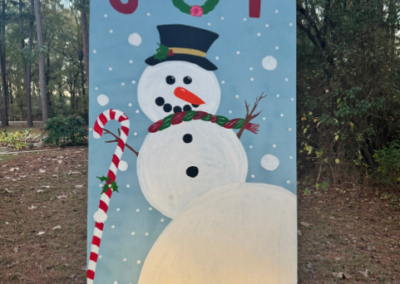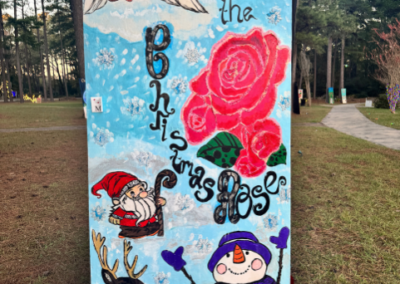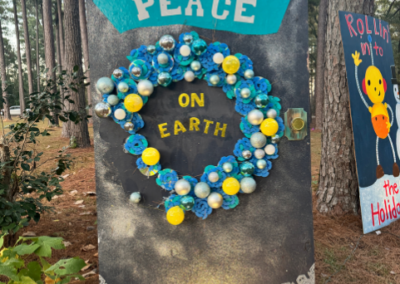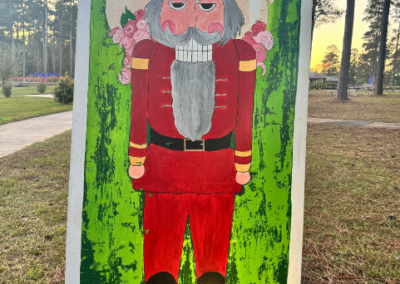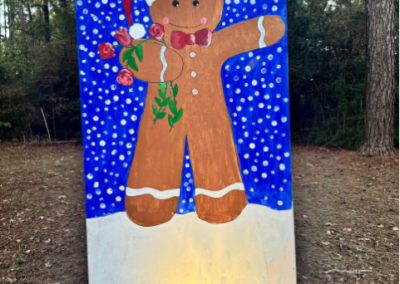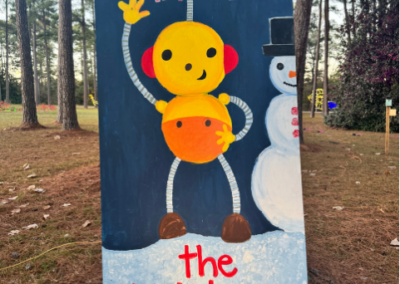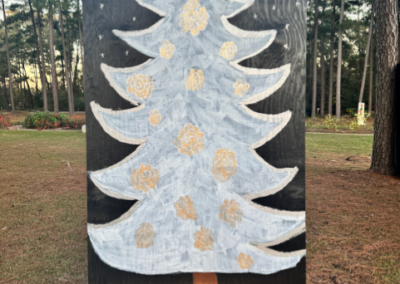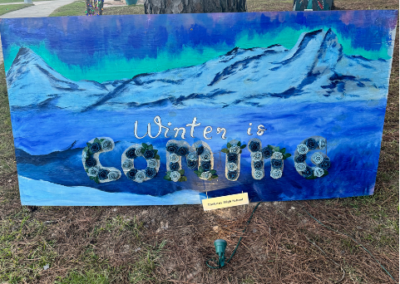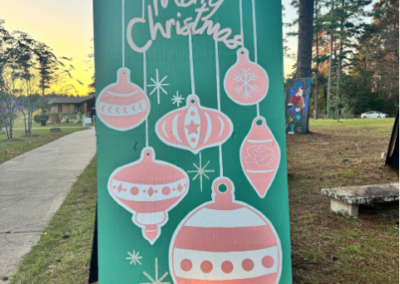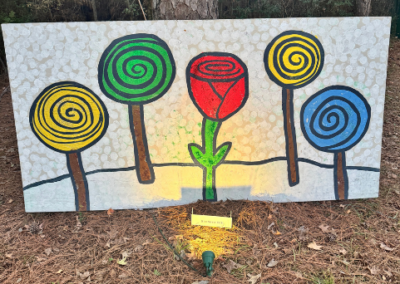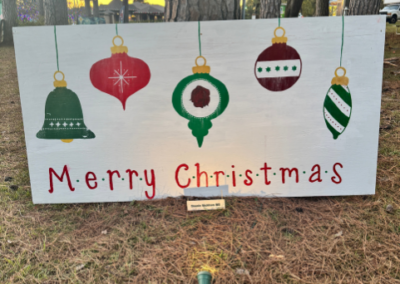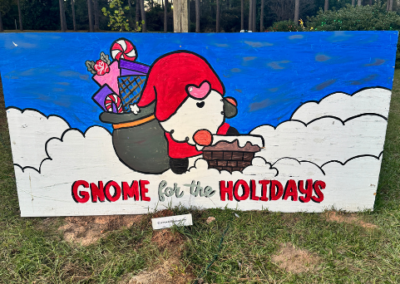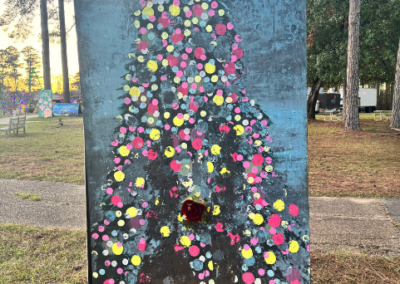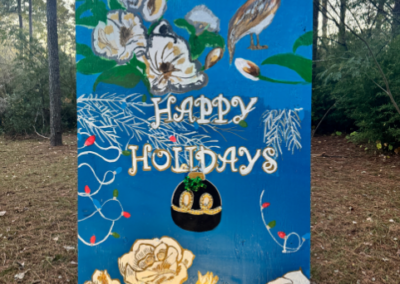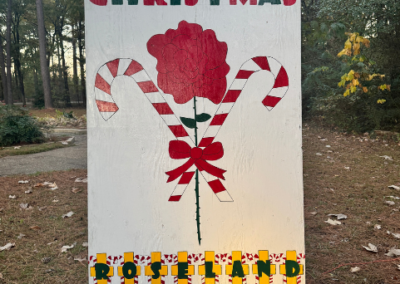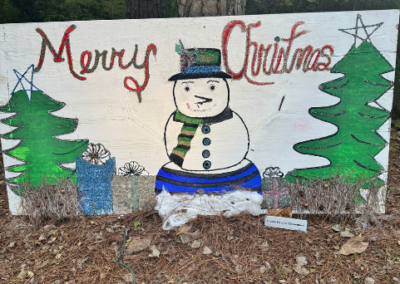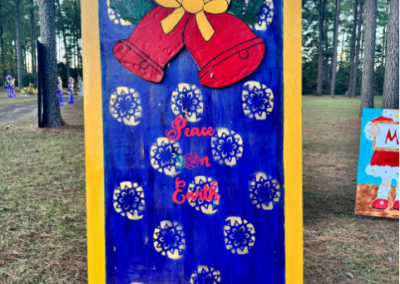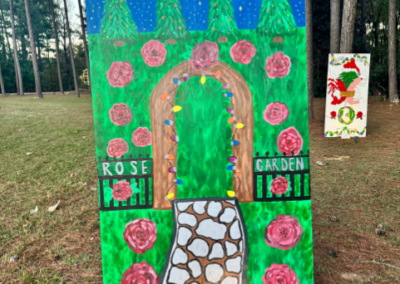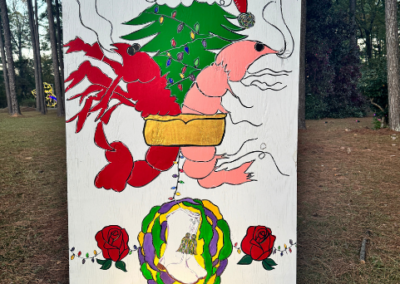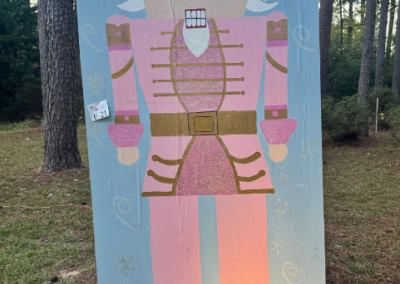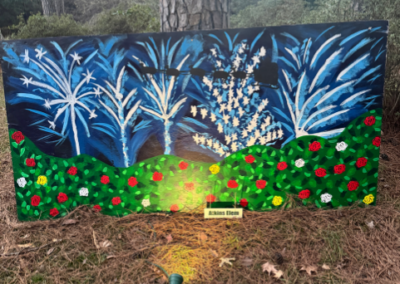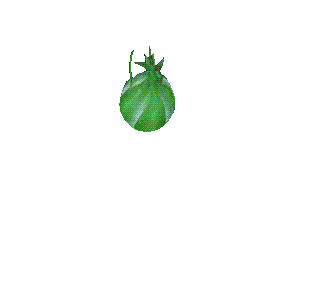THE ROSE: OUR NATIONAL FLORAL EMBLEM!
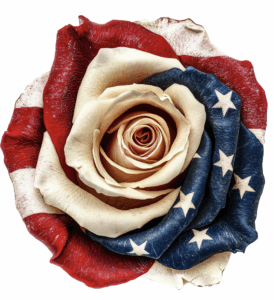 June is National Rose Month. What a perfect time to celebrate our National Floral Emblem! Roses have a long and colorful history. Through the years they have been symbols of love, beauty, war and politics. Their beauty, romance, history and versatility is unmatched. She is the “Queen of Flowers!”
June is National Rose Month. What a perfect time to celebrate our National Floral Emblem! Roses have a long and colorful history. Through the years they have been symbols of love, beauty, war and politics. Their beauty, romance, history and versatility is unmatched. She is the “Queen of Flowers!”
A FASCINATING JOURNEY, By Teresa Byington, Rose Chat Podcast, ARS Membership Committee:
It took some time to find just the right flower to be our National Floral Emblem. In 1901, President William McKinley sponsored the red carnation! While we don’t know too much about that, we do know quite a bit about the fight for the marigold. On January 12, 1959, the president of the W. Atlee Burpee Co., David Burpee, wrote to newly-elected Senate Minority Leader, Everett M. Dirksen, proclaiming the virtues of the marigold and calling it “the flower of the people.” David Burpee was vigilant in the fight. He was known for using P.T. Barnum’s model for promotion and advertising – just like his dad! For nearly 10 years Burpee and Dirksen campaigned for the marigold. Ten years is dedication! Many other flowers were considered too … there were even those who strongly suggested that the corn tassel be our national flower.
A ROSE IS A ROSE IS A ROSE: While the debate went on for at least 85 years, we are so pleased with the final decision. In 1986, President Ronald Regan signed a resolution making the rose the National Floral Emblem at a ceremony in the White House Rose Garden…
 “Americans have always loved the flowers with which God decorated our land. More often than any other flower, we hold the rose dear as the symbol of life and love and devotion, of beauty and eternity. For the love of man and woman, for the love of mankind and God, for the love of country, Americans who would speak the language of the heart do so with a rose.
“Americans have always loved the flowers with which God decorated our land. More often than any other flower, we hold the rose dear as the symbol of life and love and devotion, of beauty and eternity. For the love of man and woman, for the love of mankind and God, for the love of country, Americans who would speak the language of the heart do so with a rose.
We see proof of this everywhere. The study of fossils reveals that the rose has existed in America for age upon age. We have always cultivated roses in our gardens. Our first President, George Washington, bred roses, and a variety he named after his mother is still grown today. The White House itself boasts a beautiful Rose Garden. We grow roses in all our fifty States. We find roses throughout our art, music, and literature. We decorate our celebrations and parades with roses. Most of all, we present roses to those we love, and we lavish them on our alters, our civil shrines, and the final resting places of our honored dead.
The American people have long held a special place in their hearts for roses. Let us continue to cherish them, to honor the love and devotion they represent, and to bestow them on all we love just as God has bestowed them on us.
The Congress, by Senate Joint Resolution 159 has designated the rose as the National Floral Emblem of the United States and authorized and requested the President to issue a proclamation declaring this fact.
NOW THEREFORE, I, RONALD REGAN, President of the United States of America, do hereby proclaim the rose as the National Floral Emblem of the United States of America.”
Thank you, President Regan. It is our pleasure to continue to represent all aspects of the rose. Yes, the rose is in good hands with the American Rose Society and our local societies.
The American Rose Society has scheduled some excellent ways for you to help celebrate June is Rose Month, nationally and at our garden home, the American Rose Center:
 1. Join us for a webinar, free of charge: June 28, 2025, 11:00 a.m. – 2:00 p.m.: “Rose Selection in Different Soil and Climate Conditions.” Speaker Matthias Meilland, Sixth Generation Rose Breeder, House of Meilland, France. Since 1935, the House of Meilland has tested its varieties on both sides of the Atlantic. When Robert Pyle came to see the young Francis Meilland in France, in 1933, he told him to learn English and go see his varieties abroad. Francis did and traveled to the US in 1935. Since this era, the Meilland breeding team has traveled the world to see how their new seedlings were performing in different climate and soil conditions. These 90 years of data from Pennsylvania, California, Spain, Germany and France, produced varieties such as ‘Peace’, ‘Bonica’, ‘Eden Rose’ and ‘Papa Meilland’ and also incredible performers such as the “Drift” roses and many of the mid-western performing Hybrid Teas that embellish your gardens. We will dive into the selection program, see the winners and losers and we might even take a peek into the future of roses!
1. Join us for a webinar, free of charge: June 28, 2025, 11:00 a.m. – 2:00 p.m.: “Rose Selection in Different Soil and Climate Conditions.” Speaker Matthias Meilland, Sixth Generation Rose Breeder, House of Meilland, France. Since 1935, the House of Meilland has tested its varieties on both sides of the Atlantic. When Robert Pyle came to see the young Francis Meilland in France, in 1933, he told him to learn English and go see his varieties abroad. Francis did and traveled to the US in 1935. Since this era, the Meilland breeding team has traveled the world to see how their new seedlings were performing in different climate and soil conditions. These 90 years of data from Pennsylvania, California, Spain, Germany and France, produced varieties such as ‘Peace’, ‘Bonica’, ‘Eden Rose’ and ‘Papa Meilland’ and also incredible performers such as the “Drift” roses and many of the mid-western performing Hybrid Teas that embellish your gardens. We will dive into the selection program, see the winners and losers and we might even take a peek into the future of roses!
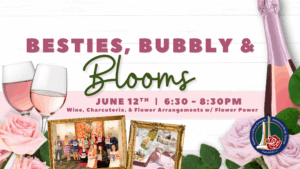 2. Besties, Bubbly and Blooms, June 12, 6:30-8:30 p.m., $60: Grab your bestie and come have some girl dinner (charcuterie) and bubbly & make floral arrangements with Heather Zahn from Flower Power as we celebrate National Red Rose Day! All this included and more for $60. Limited spots are available! Get your tickets by the 10th! The gardens are blooming, friendship is in the air, come celebrate with us.
2. Besties, Bubbly and Blooms, June 12, 6:30-8:30 p.m., $60: Grab your bestie and come have some girl dinner (charcuterie) and bubbly & make floral arrangements with Heather Zahn from Flower Power as we celebrate National Red Rose Day! All this included and more for $60. Limited spots are available! Get your tickets by the 10th! The gardens are blooming, friendship is in the air, come celebrate with us.
3. Green Thumb Seminar, Saturday June 21, 2025, 10:00 a.m. to 2:00 p.m., $40: Elevate your skills as a flower arranger. Experienced rosarians will provide hands-on instructions on how to arrange roses using American Rose Society standards for a beautiful bouquet. All materials will be provided. Price includes lunch. Attendees must register to attend:
- 10:00-10:30: Welcome. Basics in floral design and styles; how-to tips for building longer lasting bouquets.
- 10:30-12:00: Attendees will create a beautiful take-home flower arrangement of traditional style.
- 12:00–12:30: Lunch from Jason’s Deli.
- 12:30–2:00: Be inspired by the rhythmic outline of plant material; curled or twisted vines, arching branches, to create a naturalistic design to take home.
The Rose is the National Floral Emblem and there are so many ways to enjoy roses:
1. Plant a rose bush! Need help? Go to www.rose.org to learn more.
2. Share your roses at nursing homes, hospitals, banks and your local library. You’ll brighten someone’s day! Encourage your local library to have a rose book display.
3. Give roses to show your love or friendship. Roses are a favorite gift to receive.
4. Give the gift of an American Rose Society membership. Go to www.rose.org to learn more.
5. Give a gift of a rosebush for a longer-lasting gift. There are so many different kinds of roses to choose from with an endless variety of colors, including stripes.
6. Visit a botanical garden or a rose garden. You might find inspiration to start your own rose garden.
7. Take photos of your roses and share with friends in cards, notes and letters. Share with the ARS on our many social media platforms and be sure to tag us, #roses, #nationalfloralemblem:
facebook.com/RoseSociety | @AmericanRoseSociety
Media Contact: Beth Smiley, Interim Executive Director, beth@rose.org, 318-938-5402, ext 101.
About the American Rose Society: The American Rose Society is a non-profit, educational organization founded in 1892 to promote the culture, preservation and appreciation of the rose and to improve its standard of excellence for all people through education and research. Its headquarters is located in Shreveport, Louisiana, at the American Rose Center, home of “America’s Rose Garden.”
About the American Rose Center: The American Rose Center was established in 1974 and serves as the national headquarters site for the American Rose Society. “America’s Rose Garden” is the largest public garden in the United States dedicated to roses.
